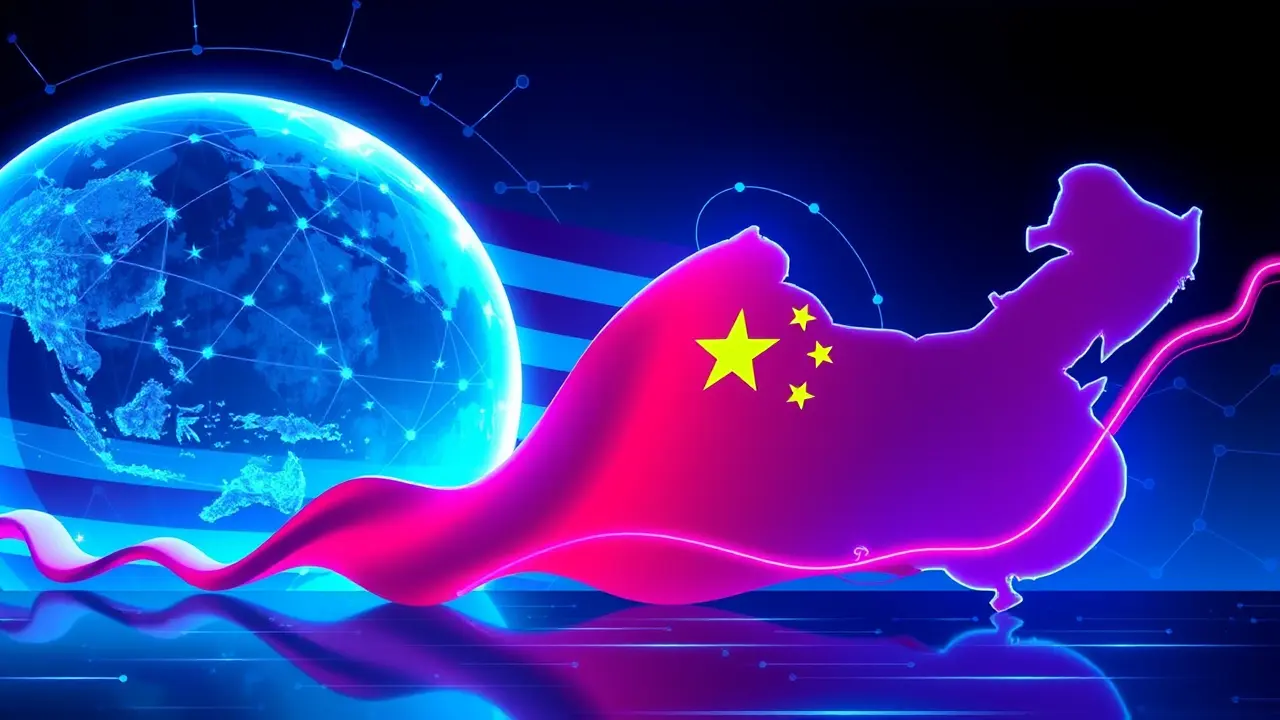
Politicssanctions & tradeTrade Tariffs
US Cuts Fentanyl Tariffs, Boosting Chinese Exporters
RO
Robert Hayes
2 days ago7 min read
In a significant geopolitical maneuver that recalls the delicate trade balancing acts of previous administrations, the United States has strategically halved its punitive tariffs on Chinese imports, a 10 percent reduction that effectively rolls back half of the duties initially imposed by Washington in a forceful response to allegations of Beijing's complicity in the fentanyl trade. This calculated de-escalation, forged during a high-stakes conclave between President Xi Jinping and US President Donald Trump in South Korea, represents more than a mere policy adjustment; it is a profound recalibration of the economic and political tensions that have defined the world's most consequential bilateral relationship.Analysts, parsing the communiqués with the gravity of historians examining the Treaty of Versailles, immediately recognized the implications: a potential and substantial bolstering of competitiveness for Chinese exporters, particularly within the vast arena of mass-produced goods, which could swiftly recalibrate global supply chains and market dynamics. The original tariff imposition was not merely an economic lever but a moral and political statement, a weaponization of trade policy intended to compel Chinese cooperation in staunching the flow of precursor chemicals fueling the devastating opioid crisis in American communities—a crisis that has claimed hundreds of thousands of lives and stands as one of the most severe public health catastrophes in modern US history.The decision to now partially relent, while framed as a diplomatic achievement, invites a complex analysis of strategic concessions and realpolitik. It suggests a Washington increasingly pragmatic, perhaps even weary, from the protracted trade war, choosing to prioritize broader macroeconomic stability and consumer price pressures over the maximalist enforcement of its narcotics control demands.From a historical perspective, this moment echoes the cyclical nature of Sino-American relations, where periods of intense confrontation, much like the Cold War brinkmanship between superpowers of the last century, inevitably give way to phases of cautious detente and negotiated settlement. The immediate beneficiaries are clear—Chinese manufacturing hubs will enjoy renewed access and improved margins, potentially flooding international markets with more competitively priced electronics, textiles, and consumer plastics.However, the long-term consequences are far murkier. Does this concession signal a waning of American resolve on holding China accountable for its role in the fentanyl epidemic, or is it a tactical pause, a gambit to secure cooperation on even more pressing issues such as Taiwan or advanced technology exports? Expert commentary is sharply divided; some security strategists warn that rewarding Beijing without verifiable, permanent action on chemical controls sets a dangerous precedent, undermining the credibility of US economic statecraft, while trade economists argue that de-escalation is a necessary corrective to inflationary pressures and a step back from a mutually destructive economic conflict.The ripple effects will be felt far beyond the two nations, impacting allies in Europe and emerging economies in Southeast Asia who must now navigate a subtly shifted landscape where Chinese industrial might is once again amplified. Ultimately, this tariff cut is not an endpoint but a new chapter in an ongoing saga, a move on the grand chessboard that reflects the enduring truth of international affairs: that even between rivals, interests are rarely absolute, and the art of the deal, however imperfect, often supersedes the rigidity of ideological confrontation.
#featured
#US-China trade
#fentanyl
#tariffs
#exporters
#competitiveness
Stay Informed. Act Smarter.
Get weekly highlights, major headlines, and expert insights — then put your knowledge to work in our live prediction markets.
Comments
It’s quiet here...Start the conversation by leaving the first comment.
© 2025 Outpoll Service LTD. All rights reserved.